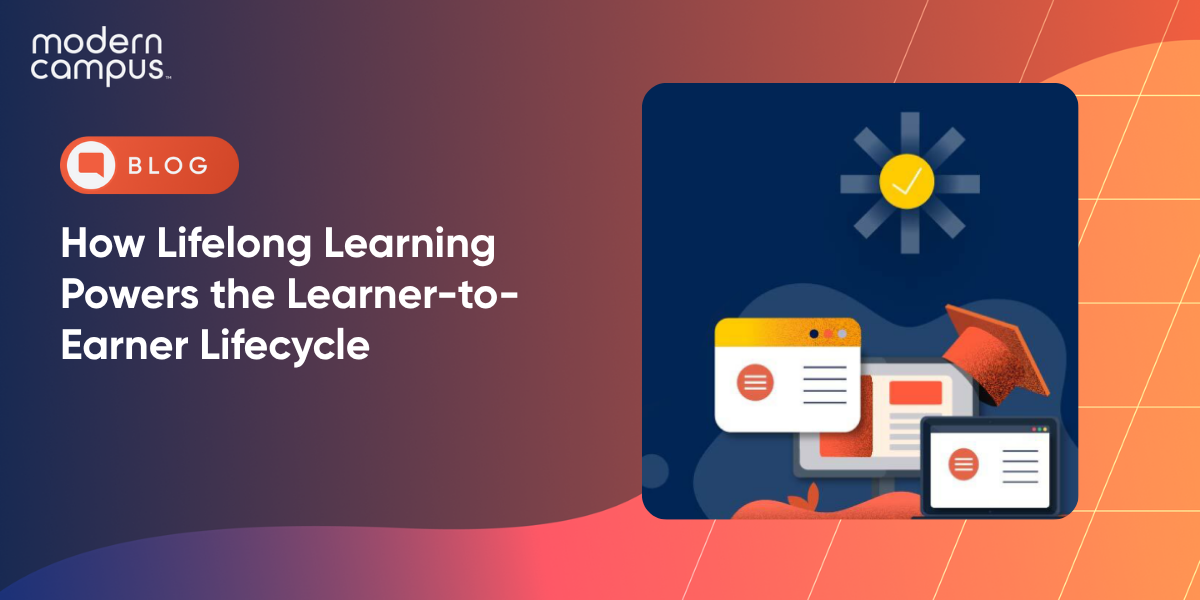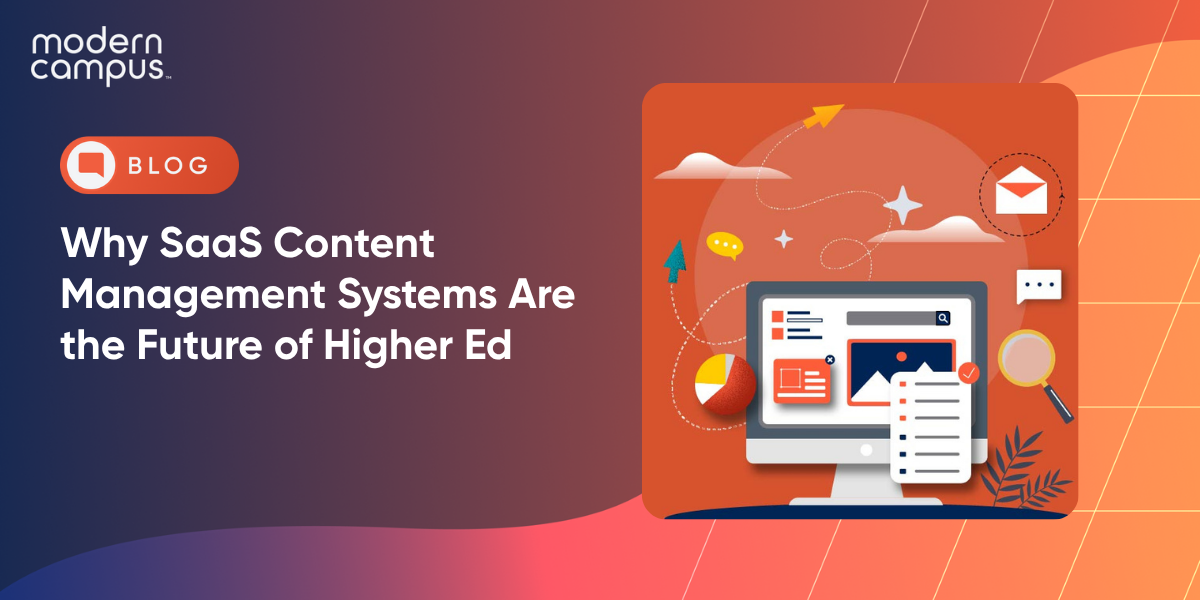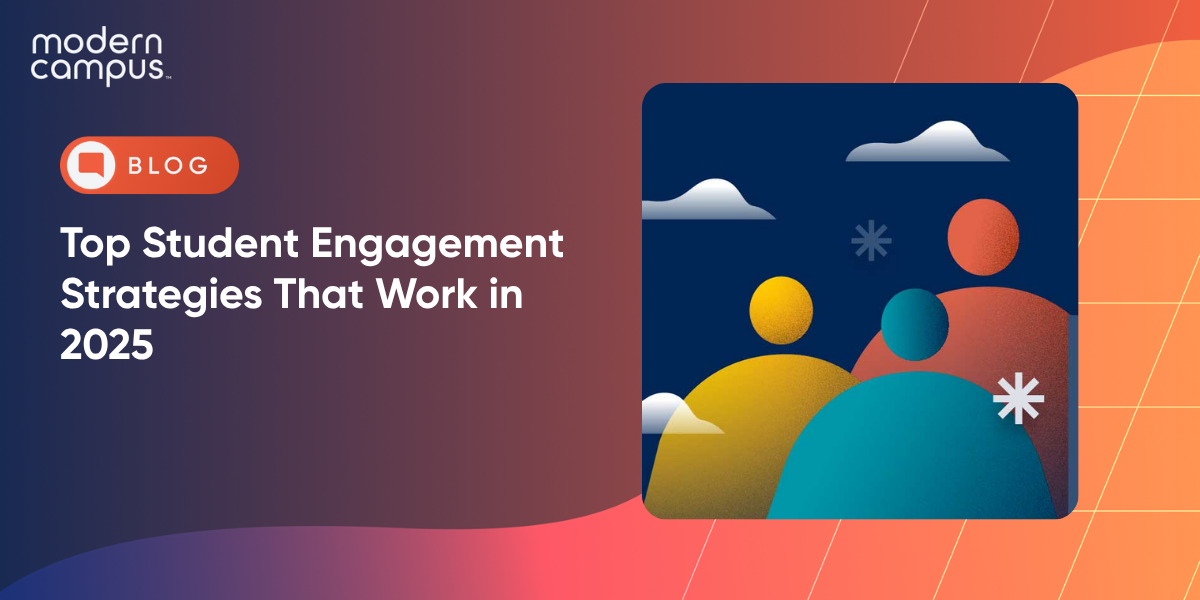How Lifelong Learning Powers the Learner-to-Earner Lifecycle
The learner-to-earner lifecycle encompasses a shift from traditional education to continuous, career-focused learning pathways.
- Skills become obsolete faster than ever - emerging technical skills now have a shelf life of under two years
- Non-traditional students drive enrollment growth - undergraduate certificate programs are seeing significant increases while traditional programs are facing challenges
- Career-connected education wins - modern learners increasingly seek programs with clear employment pathways
- Technology enables personalized pathways - platforms must support flexible, competency-based learning for working adults
The future belongs to institutions that master the art of turning learners into earners across entire lifespans.
While overall undergraduate enrollment has declined since 2010, a different story is emerging in the continuing education space. Students aren't just seeking degrees anymore. They want comprehensive learning journeys that guide them from classroom to career and back again throughout their working lives.
The need for higher education innovation has given rise to the learner-to-earner lifecycle, a holistic approach that supports students across their entire professional journey. As the skills economy evolves at breakneck speed, understanding and optimizing this lifecycle has become vital for institutional success.
What is the Learner-to-Earner Lifecycle?
The learner-to-earner lifecycle is a different way of shaping how higher education serves students. Rather than treating education as a discrete event that ends with graduation, this model recognizes learning as a continuous process that adapts to career changes, industry shifts and personal growth.
Traditional higher education typically follows a linear path: enroll, study, graduate, work. In contrast, the learner-to-earner lifecycle is dynamic and may look something like this:
- Start with a certificate program
- Transition to a degree
- Return later for professional development
- Pursue a career change through workforce training
- Then engage in alumni programming or executive education
The half-life of skills has dropped from 10 to 15 years to less than 5 years, with some technical skills becoming obsolete in under two years. Institutions must position themselves as lifelong learning partners rather than temporary educational pit stops to keep pace with evolving workforce needs.
The lifecycle encompasses multiple touchpoints, including traditional degree programs, continuing education and workforce development, professional certifications, executive education and alumni engagement. Each interaction builds on previous learning while addressing current career needs.
Why Is Lifelong Learning Essential for Modern Students?
Our workforce faces unprecedented change that requires constant adaptation. About 39% of workers' skills will become outdated in the next five years, while 59% of workers will require training within that same time period. This trend spans every industry from healthcare to manufacturing.
The numbers paint a stark picture of skills obsolescence. According to 2024 research, 70% of business leaders report that skills gaps are limiting innovation and growth at their organizations. Meanwhile, 96% of managers believe their current competencies will be sufficient the following year. This glaring disconnect highlights the need for structured lifelong learning approaches.
Students increasingly recognize this reality. Modern learners expect their institutions to provide clear pathways to employment and ongoing career support. They want flexibility to learn while working, relevance to their current job challenges and credentials that employers value in the marketplace.
This shift in expectations is driving enrollment patterns. While traditional programs struggle, undergraduate certificate programs are experiencing growth as students seek skills-based credentials. Learners from the highest income neighborhoods are actually seeing the smallest enrollment gains, suggesting that practical, career-focused education appeals across economic segments.
In the past five years, many adult learners discovered that their skills needed updating or that they wanted to pivot to entirely new fields. Institutions that respond with agile, workforce-relevant programming see enrollment increases even as overall numbers decline.
How Do Students Navigate the Lifecycle Today?
Understanding how students actually move through the learner-to-earner lifecycle reveals important insights for strategy. Modern learners don't follow predictable patterns. Instead, they weave in and out of formal education based on career needs, life circumstances and market opportunities.
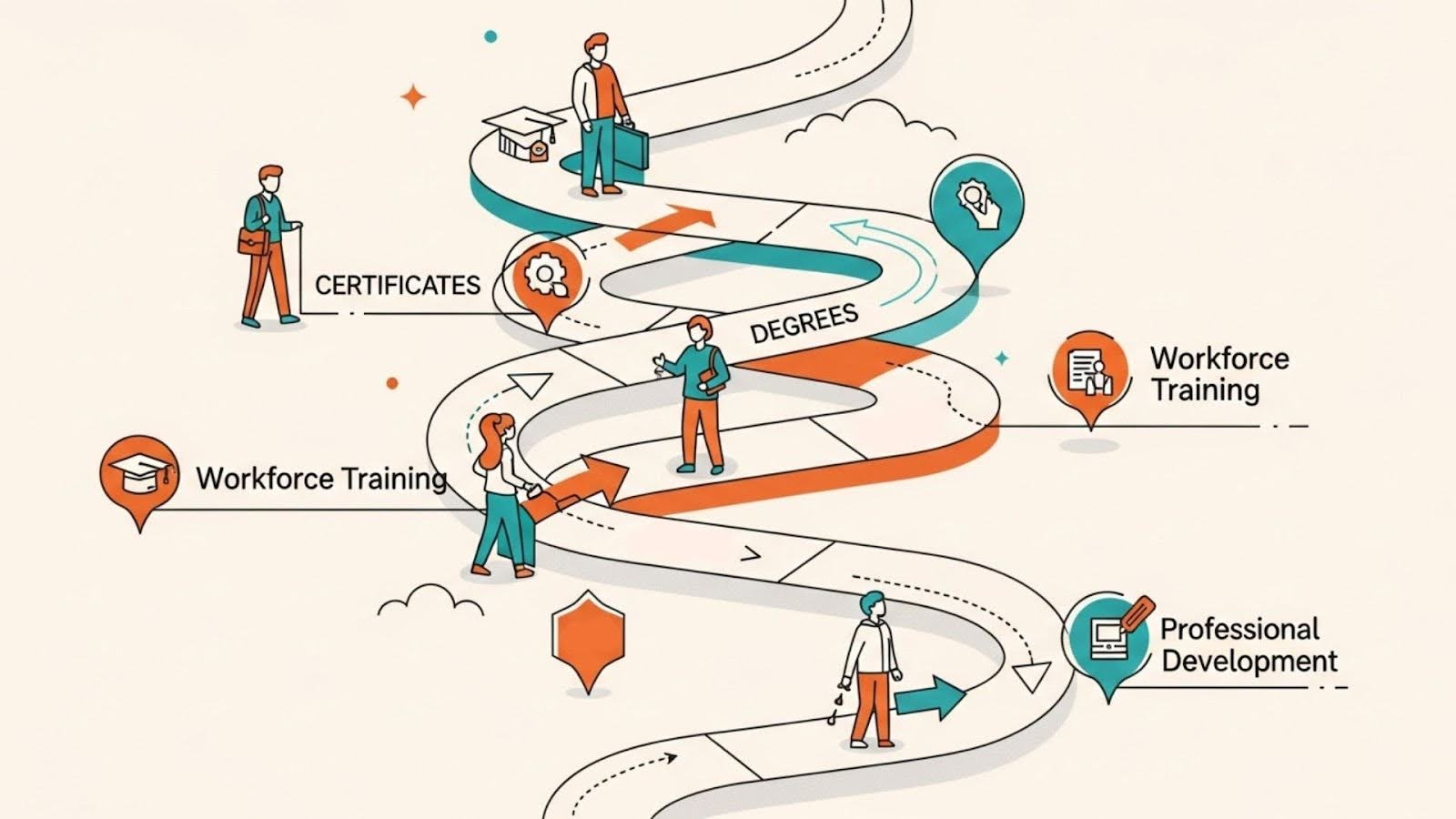
Exploration and Career Discovery
The journey often begins with exploration and career discovery. Prospective students research both programs and career outcomes. They want to understand salary potential, job growth projections and the specific skills employers value. Career pathways technology that connects academic programs to real-world employment data has become essential for attracting these career-focused learners.
Learning with Flexibility
Flexible entry points are must-haves. Students may start with non-credit workforce training, realize they need additional credentials and seamlessly transition into degree programs. Others begin with traditional degrees but supplement with industry certifications or professional development. The most successful institutions create multiple on-ramps and clear pathways between different types of programming.
Alternative Progression Paths
Competency-based progression is replacing time-based requirements. Adult learners with significant work experience want credit for what they already know. Recognition of prior learning programs allow students to accelerate their progress and focus on gaps in their knowledge rather than having to repeat familiar content.
Continuing Education
The earning phase doesn't end the student/institution relationship. Alumni often return for additional training, whether driven by promotion opportunities, industry changes or personal interest. Institutions that maintain engagement through continuing education programming create revenue streams while serving their communities' evolving needs.
Technology enables this fluid movement between different types of learning. Modern student information systems can track competencies across multiple programs, maintain learning records throughout a student's lifetime and trigger re-engagement campaigns when market conditions suggest additional training would be valuable.
What Is Technology's Role in Supporting Lifelong Learners?
The infrastructure required to support the learner-to-earner lifecycle differs from traditional higher ed technology. To achieve non-traditional student success, adult learners need systems that accommodate their complex lives, recognize their existing expertise and provide clear connections to career outcomes.
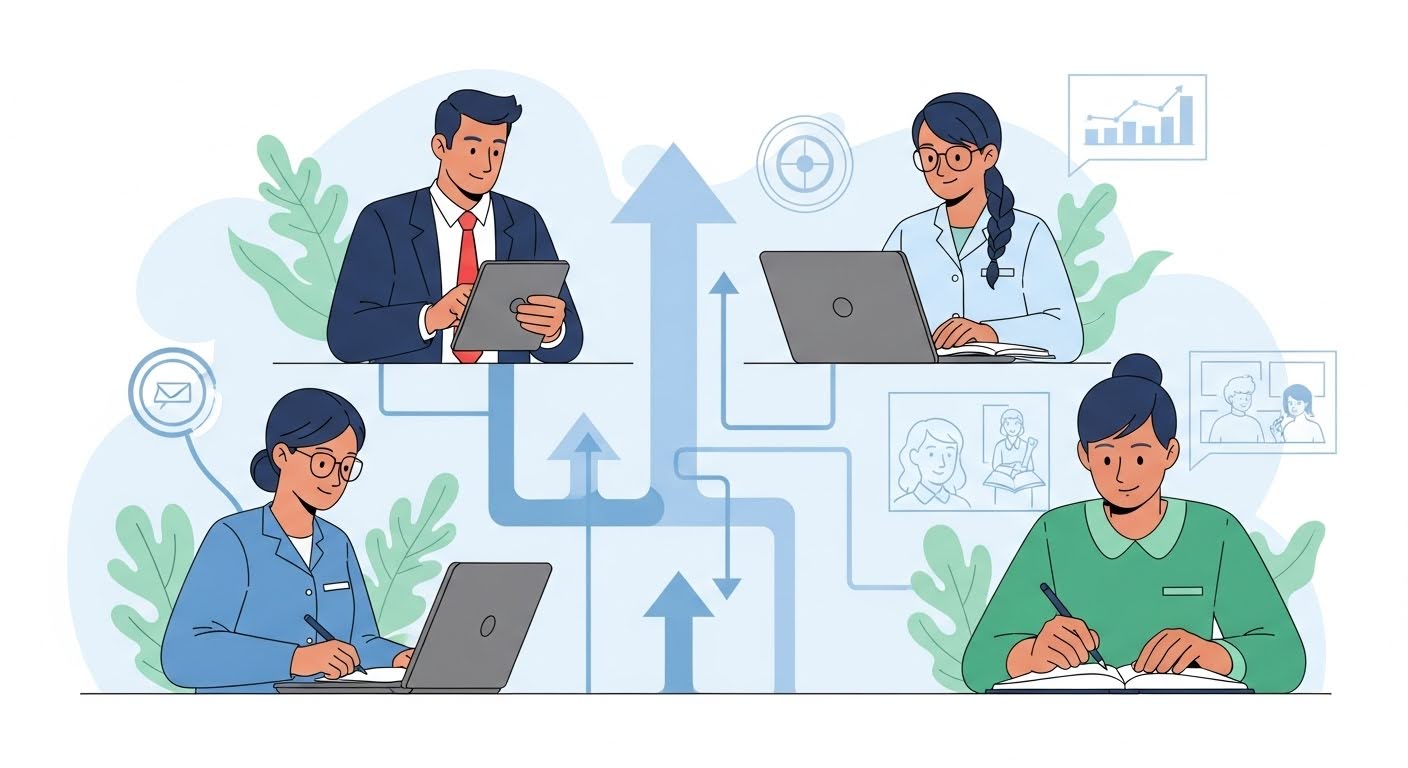
- Integrated platforms are essential because lifelong learners often engage with multiple types of programming. A student might take workforce training courses, pursue a professional certificate and attend networking events, all of which should be tracked in a unified system. Web content management enables institutions to present cohesive experiences across diverse offerings.
- Mobile-first design accommodates learners who research and register during work breaks, commutes or evening hours. Adult students expect to access course materials, submit assignments and communicate with instructors from their smartphones. Institutions that require desktop-only interactions lose students to more accessible competitors.
- Personalization engines help students navigate complex program options. Rather than browsing through dozens of course listings, learners want recommendations based on their career goals, current skills and scheduling constraints. The most effective systems learn from student behavior and proactively surface relevant opportunities.
- Competency tracking across programs allows students to incrementally build credentials. A working professional might complete a series of non-credit workshops, apply those competencies toward a certificate program and eventually use those credits in a degree program. Technology that recognizes and applies prior learning reduces time to credential completion and improves student satisfaction.
- Employer integration creates direct pathways from education to employment. Forward-thinking institutions partner with local employers to understand skill needs, develop relevant curriculum and place graduates directly into open positions. Platforms that facilitate these partnerships create advantages for students, institutions and the workforce.
The most successful implementations view technology as an integrated ecosystem that supports students wherever they are in their learning journey.
5 Ways Institutions Can Strengthen Their Learner-to-Earner Programs
Based on analysis of successful continuing education programs and emerging best practices, here are five strategic approaches institutions can implement:
1. Create Stackable Credential Pathways
Design programs so that certificates build toward degrees and degrees create foundations for advanced certifications. Students should be able to earn valuable credentials at multiple exit points while maintaining the option to continue their education later. This approach reduces risk for students and creates multiple revenue opportunities for institutions.
2. Establish Industry Advisory Councils
Partner directly with employers to understand skill needs, validate curriculum relevance and create hiring pipelines for graduates. Regular input from industry professionals ensures programs remain current and employment-focused. The most effective partnerships include internship opportunities, guest lectures and direct recruitment pathways.
3. Implement Flexible Delivery Models
Offer the same content through multiple modalities, such as:
- Online
- Evening
- Weekend
- Intensive formats
- Hybrid options
Non-traditional student success requires education that fits their schedules, not the other way around. Institutions that provide choice in when, where and how students learn capture larger market shares and achieve higher completion rates.
4. Develop Competency-Based Assessment
Move beyond credit hours to focus on demonstrated skills and knowledge. This approach allows working professionals to accelerate through familiar content while ensuring they master new concepts. Competency-based models also appeal to employers who care more about what graduates can do than where they studied or how long it took.
5. Build Alumni Re-engagement Systems
Create systematic approaches to bringing graduates back for additional learning throughout their careers. Consider:
- Microcredentials for emerging technologies
- Leadership development for promoted employees
- Career transition support for industry changes
Lifelong learning tracking enables institutions to identify opportunities and maintain valuable relationships.
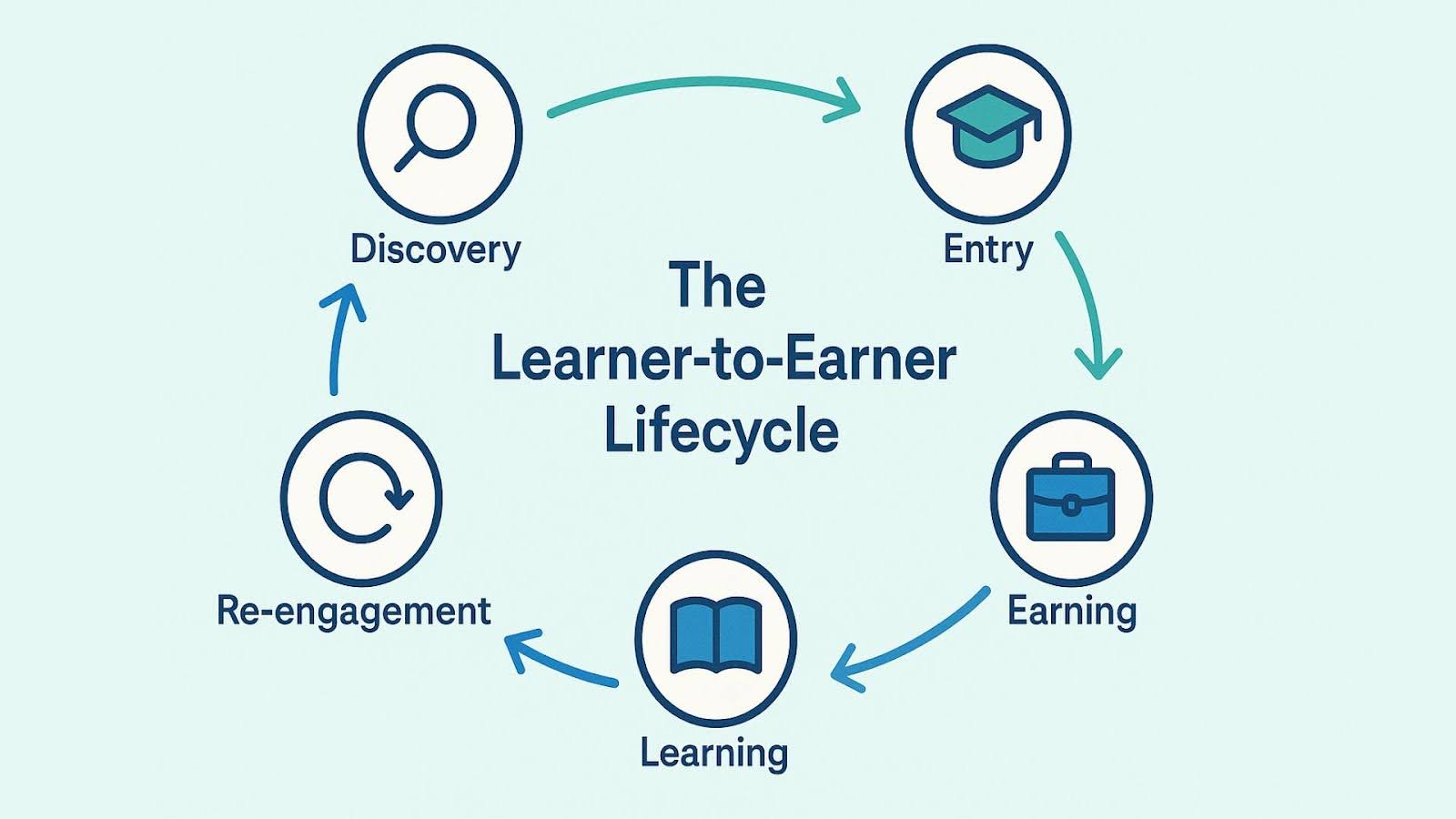
Each of these strategies requires intentional implementation and ongoing refinement based on student feedback and market demands.
Success Stories: Institutions Leading the Way
Institutions that have embraced the learner-to-earner lifecycle are seeing remarkable results. Higher education leaders report improvements in both student outcomes and institutional metrics when they implement comprehensive lifelong learning strategies.
Universities utilizing integrated lifecycle management solutions have achieved measurable improvements in student progression, with some reporting average increases of 1.41 credit hours per semester. This acceleration comes from eliminating inefficiencies and better recognizing learners' existing knowledge, helping students graduate faster and be more prepared for their careers.
Continuing education programs report dramatic improvements in student satisfaction and completion rates when they move from general academic management systems to purpose-built continuing education platforms. These specialized systems accommodate the unique needs of adult learners while providing the data institutions need for ongoing improvement.
Forward-thinking institutions are creating seamless pathways between different credential levels. For example, community colleges are partnering with four-year universities to ensure workforce certificates stack toward bachelor's degrees. Professional schools are developing executive education programs that build on alumni's existing expertise while addressing emerging industry needs.
The most successful implementations focus on creating seamless student experiences rather than optimizing individual programs in isolation. When students can easily transition between different types of learning and see clear connections to their career goals, both engagement and outcomes improve dramatically.
Corporate partnership models are yielding impressive results. Institutions that work directly with employers to develop custom training programs report higher job placement rates and stronger industry relationships. These partnerships often evolve into ongoing talent pipelines that benefit both students and employers.
Institutions that embrace lifelong learning models create sustainable competitive advantages. While traditional programs compete for shrinking numbers of traditional-age students, lifelong learning programs tap into growing markets of working adults who need ongoing skill development throughout their careers. These institutions report more stable enrollment patterns and diversified revenue streams that help weather economic uncertainties.
How to Build Your Institution's Learner-to-Earner Strategy
Implementing a comprehensive learner-to-earner strategy requires change across multiple institutional functions. The most successful transformations begin with an honest assessment of current capabilities and a clear vision for future possibilities.
Student support services must be redesigned for adult learners who have different needs from traditional students. Career counseling, financial aid, academic advising and technical support all require modifications to effectively serve working professionals. The goal is to eliminate friction that prevents busy adults from succeeding in their educational goals.
Faculty development is vital as instructors learn how to serve diverse student populations with varying levels of experience and different learning preferences. The most effective professional development programs help faculty understand adult learning principles while maintaining academic rigor appropriate for different credential levels.
Technology infrastructure must support the complex student journeys that characterize lifelong learning. This includes integrated systems that track competencies across programs, mobile-friendly interfaces that accommodate busy schedules and analytics that help administrators optimize program effectiveness.
Marketing and enrollment strategies need to shift from recruitment events to ongoing relationship management. Prospective students research programs differently than traditional students, often taking months or years to make enrollment decisions. Successful institutions create content that educates prospects about career opportunities while demonstrating the institution's expertise in relevant fields.
Higher education innovation requires sustained commitment from senior leadership and adequate resources for implementation. Half-hearted attempts typically fail because they try to layer new approaches into incompatible existing systems rather than making the fundamental changes required for success.
Frequently Asked Questions
What's the difference between the learner-to-earner lifecycle and traditional higher education? Traditional higher education follows a linear path from enrollment to graduation, while the learner-to-earner lifecycle is cyclical and ongoing. Students may return multiple times throughout their careers for different types of learning, and institutions maintain relationships beyond graduation to support continuous professional development.
How can institutions measure success in lifelong learning programs? Key metrics include:
- Student completion rates
- Employment outcomes
- Salary improvements
- Employer satisfaction with graduates
- Alumni re-engagement rates
- Long-term career progression of program completers
The most successful programs track students' career outcomes for several years after completion.
What technology infrastructure is required to support lifelong learning? Essential components include:
- Integrated student information systems that track competencies across multiple programs
- Mobile-friendly platforms for working adult learners
- Career pathways tools that connect education to employment outcomes
- Analytics that help optimize program effectiveness based on student and employer feedback
Pursue a Partnership for Lifelong Success
The learner-to-earner lifecycle is a partnership approach that recognizes the evolving nature of careers in the modern economy. Students seek institutions that can adapt to their changing needs throughout their professional lives, while institutions need sustainable models that create value for diverse student populations.
At Modern Campus, we help institutions navigate this transformation by providing purpose-built solutions that support the entire learner-to-earner lifecycle. From continuing education management to web content optimization, our platform enables institutions to deliver modern student experiences that attract, engage and retain learners for life. Request a demo to see how Modern Campus can help you build sustainable competitive advantages through comprehensive learner-to-earner programming.
Last updated: November 12, 2025
